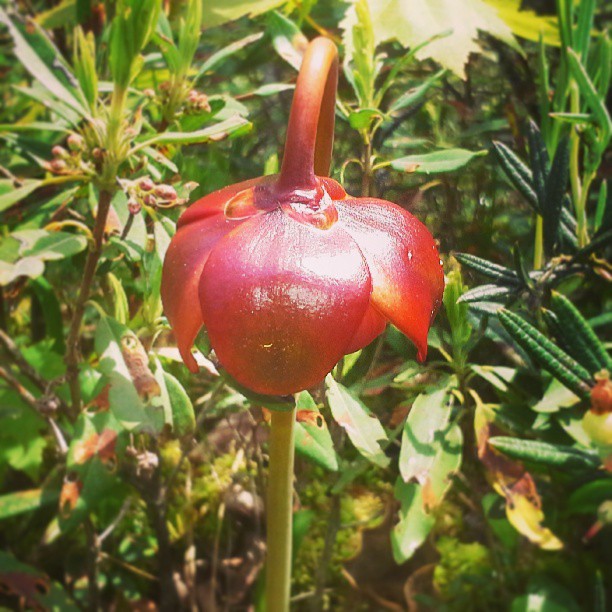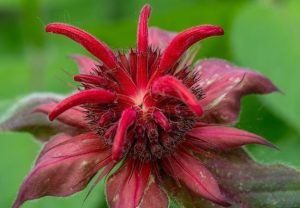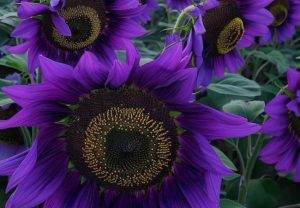Explore our curated selection of precise Flowers starting with P. From popular choices like Peonies to lesser-known gems, discover their characteristics, growing tips and how to cultivate these botanical wonders in your garden with precision and care.
Flowers that start with the letter P are plentiful and pretty. Let’s explore some of these precise Flowers and learn how to grow them well.
1. Peony
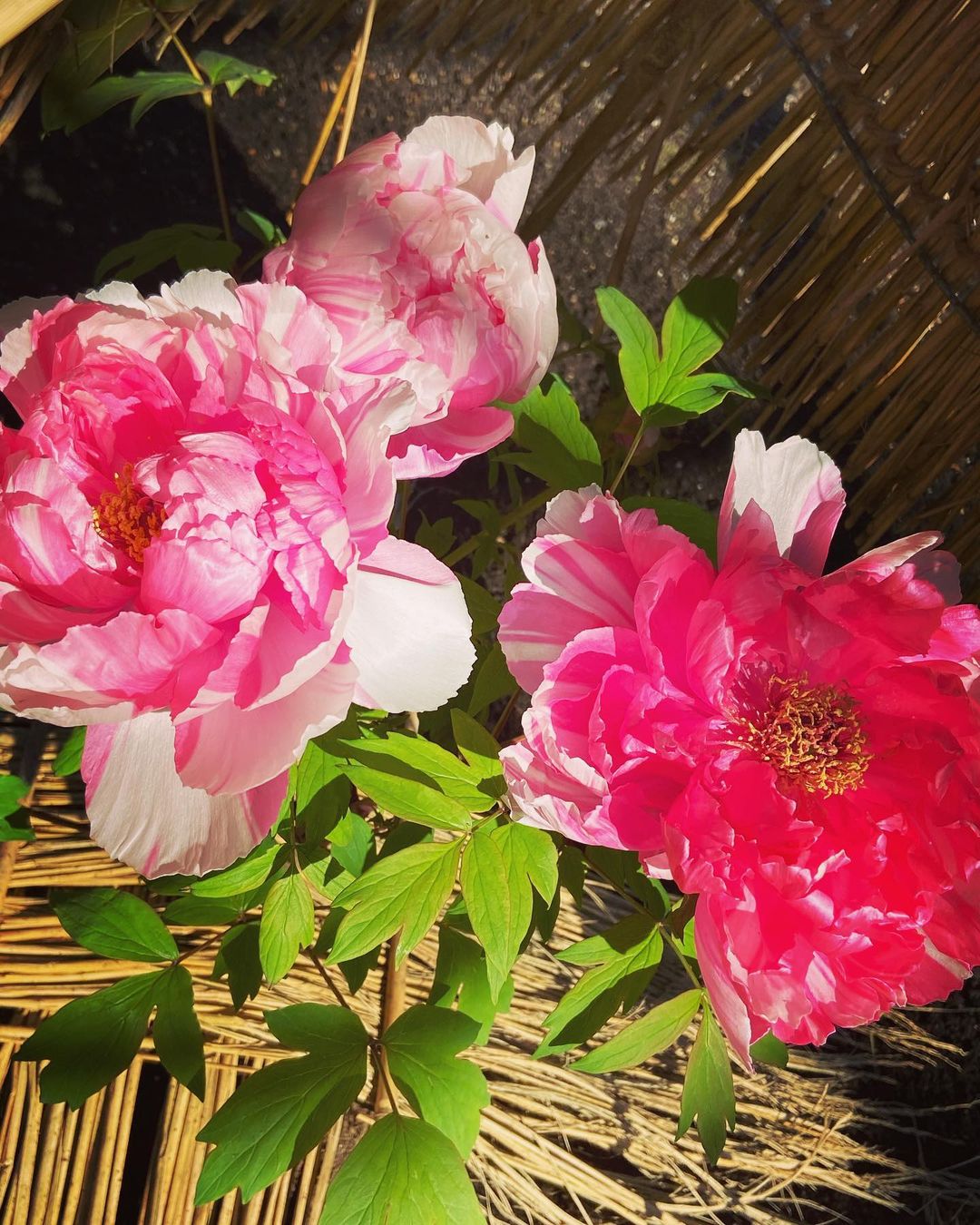
Here’s a chart with information about the Peony flower:
| Category | Details |
|---|---|
| Botanical Name | Paeonia spp. |
| Common Name | Peony |
| Plant Zone | 3-8 |
| Sun Exposure | Full sun to partial shade |
| Soil Type | Well-drained, rich, loamy soil |
| Watering | Regular watering, keep soil consistently moist but not waterlogged |
| Growth Habit | Herbaceous perennial or deciduous shrub |
| Height/Spread | 2-4 feet in height, 2-4 feet spread |
| Special Features | Large, fragrant blooms, available in a variety of colors, long-lived, deer-resistant |
Peonies are big, beautiful flowers that come back every year. They have round, fluffy blooms in pink, white, or red. Peonies like full sun and need support to hold up their heavy flowers.
Growing tips:
- Plant in fall
- Give them plenty of space
- Don’t plant too deep
2. Pansy
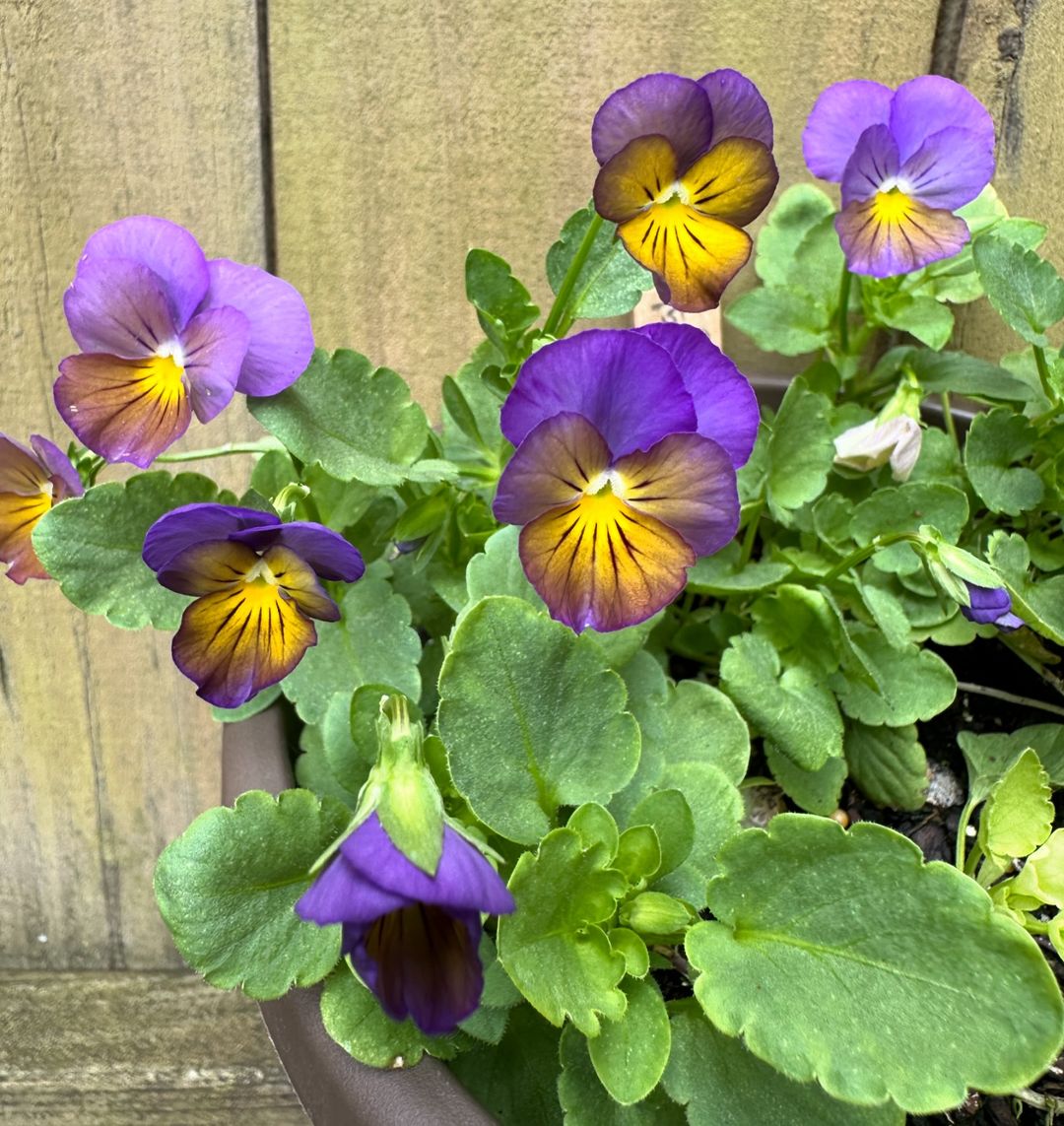
Here’s a chart with information about the Pansy:
| Category | Details |
|---|---|
| Botanical Name | Viola tricolor var. hortensis |
| Common Name | Pansy |
| Plant Zone | 6-10 |
| Sun Exposure | Full sun to partial shade |
| Soil Type | Well-drained, fertile soil |
| Watering | Regular watering, keep soil moist but not waterlogged |
| Growth Habit | Annual or short-lived perennial |
| Height/Spread | 6-9 inches in height, 6-9 inches spread |
| Special Features | Bright, colorful flowers with a face-like pattern, cool-season bloomer, attracts butterflies |
Pansies are cheerful flowers with faces on their petals. They come in many colors and are great for cool weather. Pansies are perfect for container gardens.
Growing tips:
- Plant in spring or fall
- Water regularly
- Remove dead flowers to keep them blooming
3. Petunias
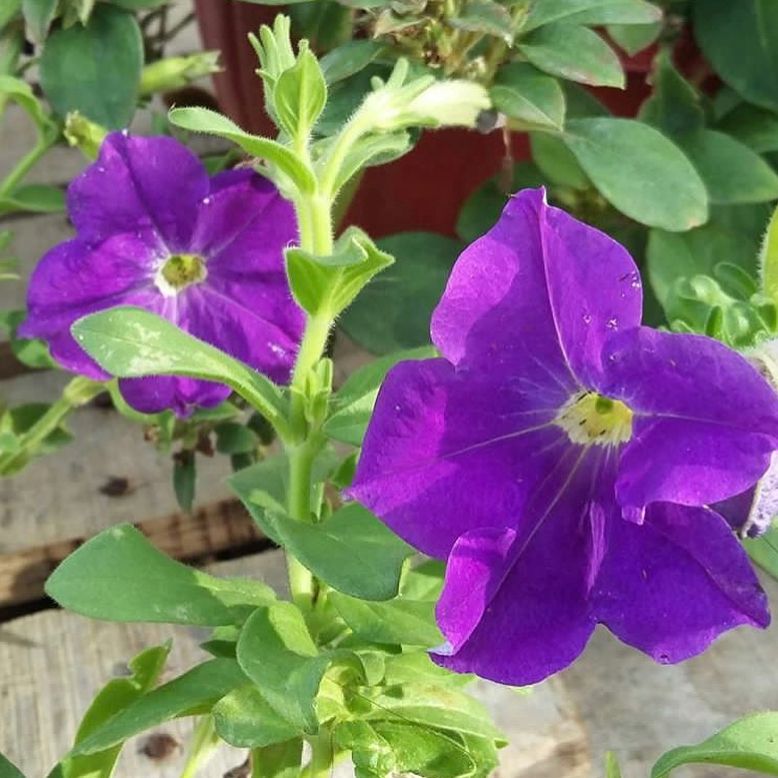
Here’s a chart with information about Petunias:
| Category | Details |
|---|---|
| Botanical Name | Petunia spp. |
| Common Name | Petunias |
| Plant Zone | 9-11 (grown as annuals in cooler zones) |
| Sun Exposure | Full sun to partial shade |
| Soil Type | Well-drained, fertile soil |
| Watering | Regular watering, keep soil consistently moist but not waterlogged |
| Growth Habit | Annual or perennial (depending on zone) |
| Height/Spread | 6-18 inches in height, 12-24 inches spread |
| Special Features | Abundant, colorful blooms in various shapes and sizes, long blooming period, attracts hummingbirds and butterflies |
Petunias are colorful flowers that bloom all summer. They’re great for hanging baskets and flower beds. Petunias like full sun and come in many bright colors.
Growing tips:
- Plant after last frost
- Fertilize regularly
- Pinch back to encourage bushiness
4. Poppy
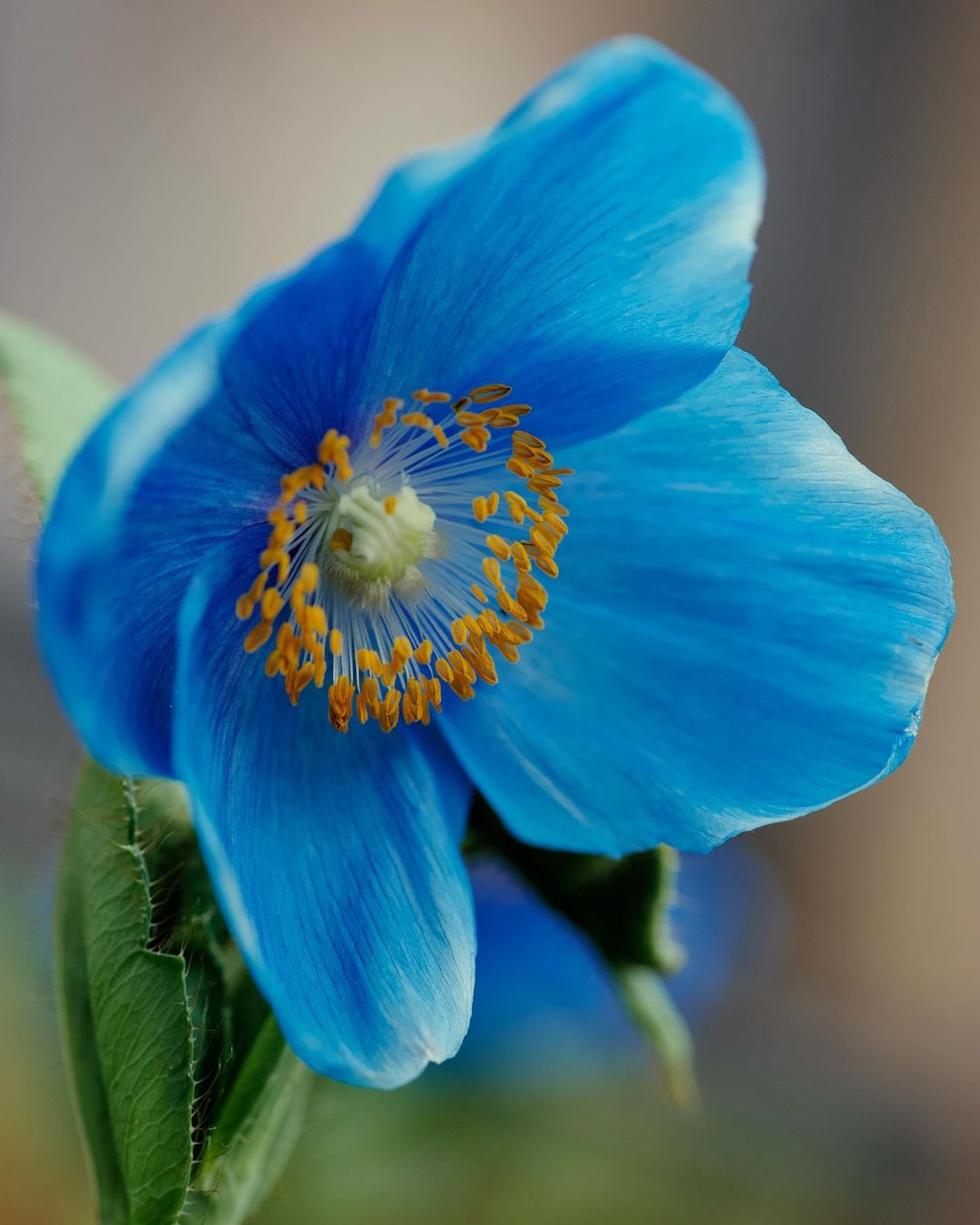
Here’s a chart with information about Poppies:
| Category | Details |
|---|---|
| Botanical Name | Papaver spp. |
| Common Name | Poppy |
| Plant Zone | 3-9 |
| Sun Exposure | Full sun |
| Soil Type | Well-drained, sandy or loamy soil |
| Watering | Moderate watering, allow soil to dry out between waterings |
| Growth Habit | Annual or perennial (depending on species) |
| Height/Spread | 1-4 feet in height, 1-2 feet spread |
| Special Features | Large, showy blooms in various colors, attractive to bees, long taproot, self-seeding |
Poppies have delicate, papery flowers in bright colors. There are many types of poppies, from small Iceland poppies to big Oriental poppies. They’re great for wildflower gardens.
Growing tips:
- Sow seeds directly in garden
- Don’t transplant well
- Like well-drained soil
5. Primrose
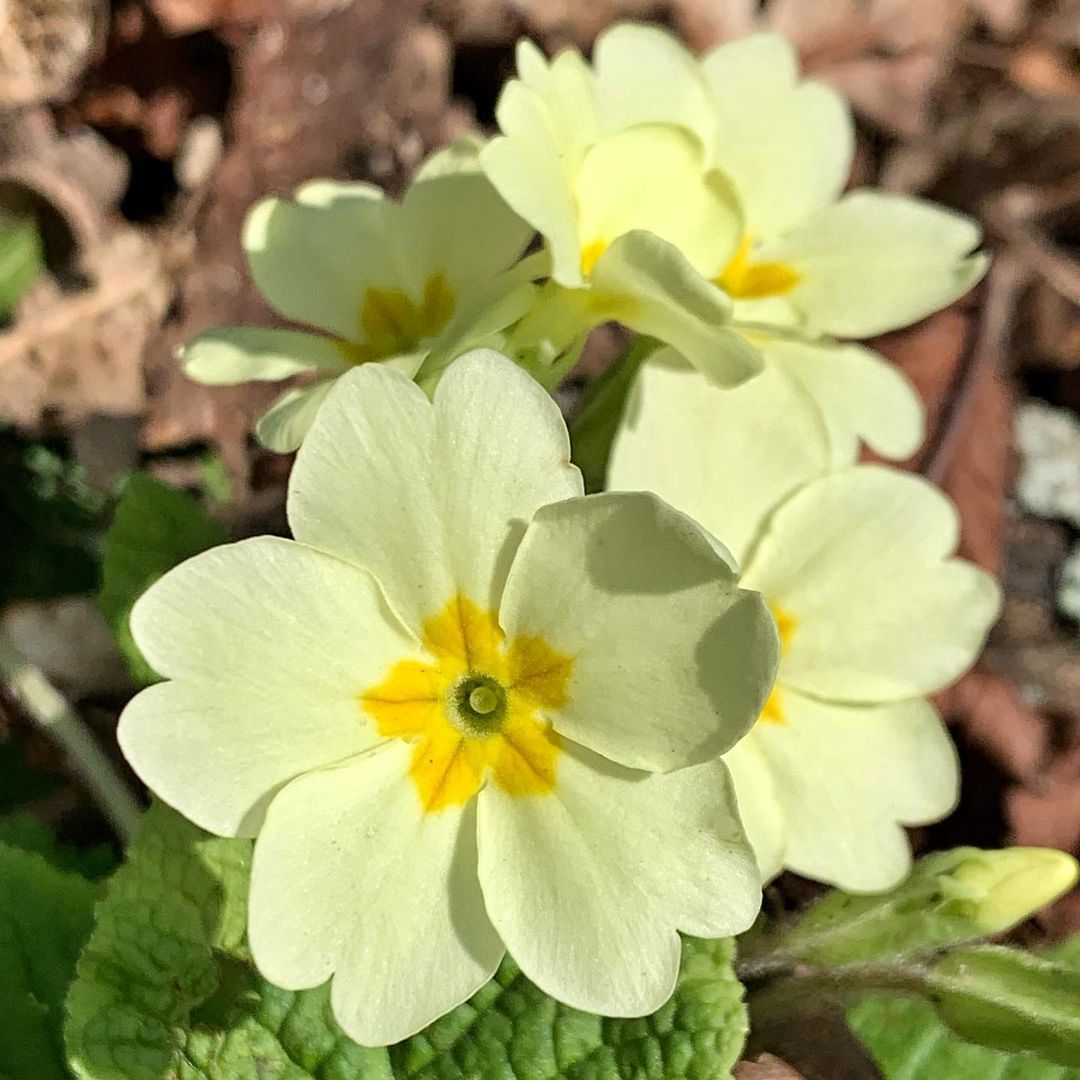
Here’s a chart with information about Primroses:
| Category | Details |
|---|---|
| Botanical Name | Primula spp. |
| Common Name | Primrose |
| Plant Zone | 3-8 |
| Sun Exposure | Partial shade |
| Soil Type | Well-drained, rich, moist soil |
| Watering | Regular watering, keep soil consistently moist |
| Growth Habit | Perennial |
| Height/Spread | 6-12 inches in height, 6-12 inches spread |
| Special Features | Early spring bloomer, vibrant flowers in a variety of colors, attracts butterflies, deer-resistant |
Primroses are early spring flowers that come in many colors. They like cool, shady spots and are great for woodland gardens. Some types of primrose are good for indoor plants.
Growing tips:
- Plant in partial shade
- Keep soil moist
- Protect from hot sun
6. Phlox
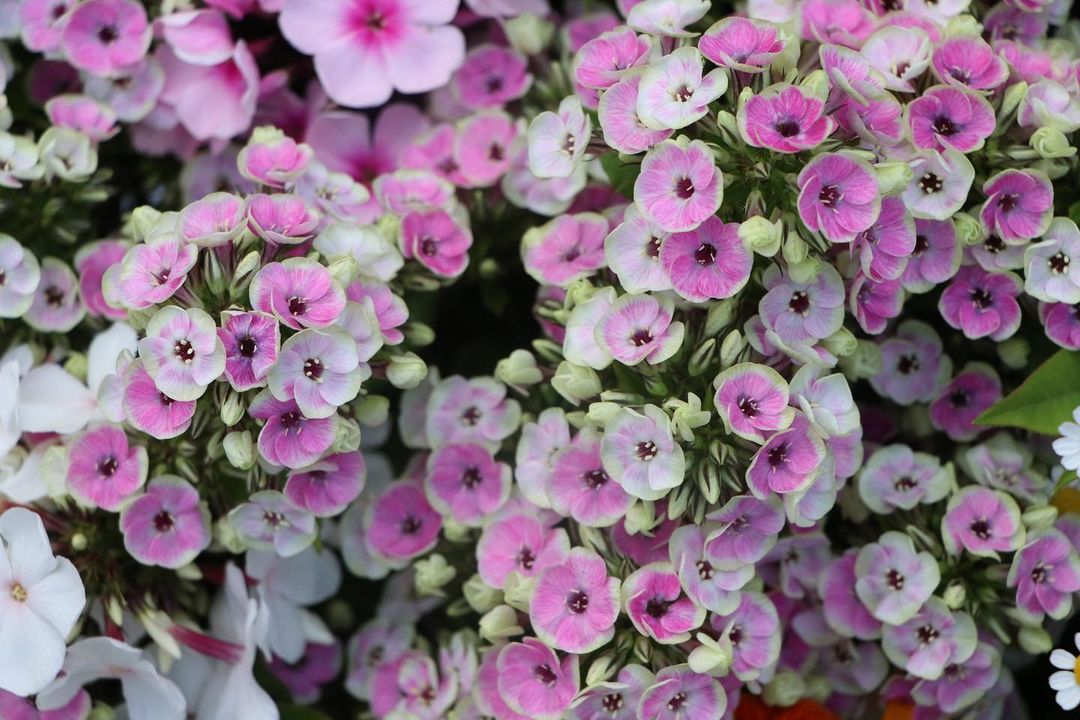
Here’s a chart with information about Phlox:
| Category | Details |
|---|---|
| Botanical Name | Phlox spp. |
| Common Name | Phlox |
| Plant Zone | 3-9 |
| Sun Exposure | Full sun to partial shade |
| Soil Type | Well-drained, fertile soil |
| Watering | Regular watering, keep soil consistently moist |
| Growth Habit | Perennial or annual (depending on species) |
| Height/Spread | 6 inches to 5 feet in height, 12-24 inches spread (depending on species) |
| Special Features | Clusters of vibrant, fragrant flowers, attracts butterflies and hummingbirds, long blooming period, good for ground cover or borders |
Phlox are star-shaped flowers that grow in clusters. They can be short ground covers or tall garden plants. Phlox attract butterflies and smell nice.
Growing tips:
- Plant in spring or fall
- Space plants well for air flow
- Cut back after flowering
7. Passion Flower
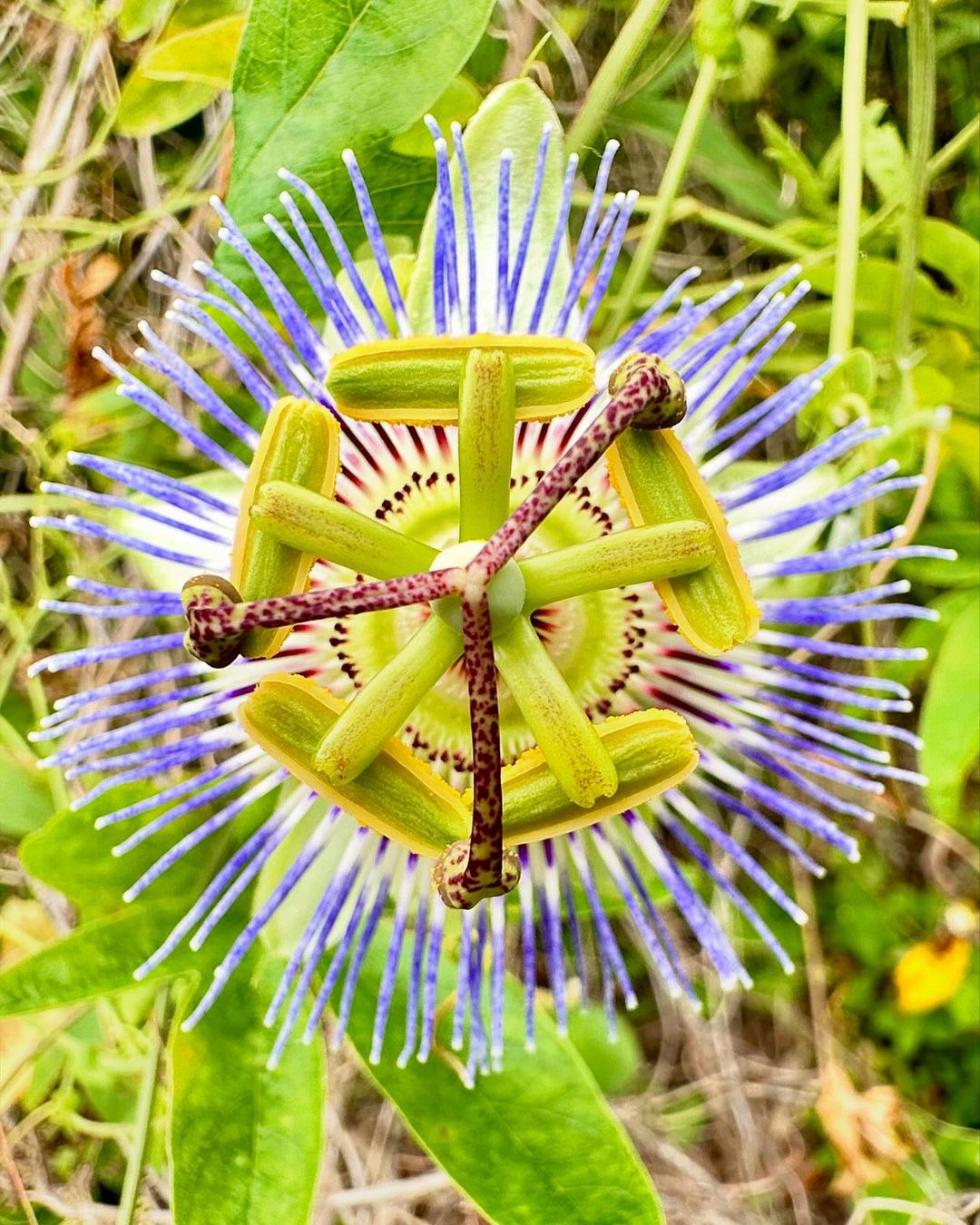
Here’s a detailed chart for the Passion Flower:
| Category | Details |
|---|---|
| Botanical Name | Passiflora |
| Common Name | Passion Flower |
| Plant Zone | 6-10 |
| Sun Exposure | Full sun to partial shade |
| Soil Type | Well-drained, fertile soil |
| Watering | Moderate; keep soil consistently moist |
| Growth Habit | Climbing vine |
| Height/Spread | 10-30 feet long / 3-6 feet wide |
| Special Features | Exotic flowers, attracts pollinators, edible fruit in some species |
Passion flowers are unique and exotic-looking. They grow on vines and have intricate flowers. Some types produce fruit called passion fruit.
Growing tips:
- Provide support for climbing
- Plant in full sun to partial shade
- Protect from strong winds
8. Pachysandra
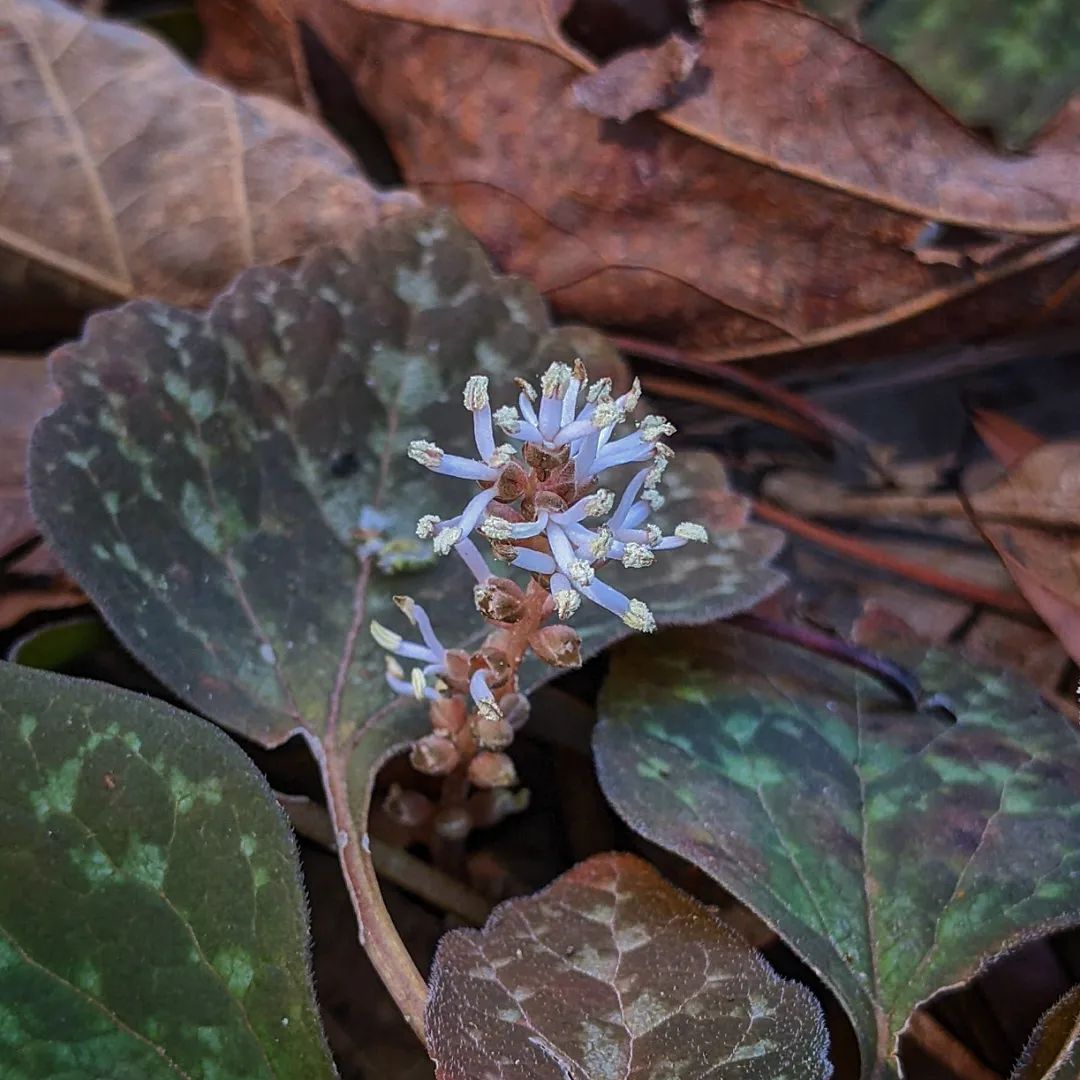
Here’s a detailed chart for Pachysandra:
| Category | Details |
|---|---|
| Botanical Name | Pachysandra terminalis |
| Common Name | Japanese Spurge |
| Plant Zone | 4-8 |
| Sun Exposure | Partial to full shade |
| Soil Type | Moist, well-drained, acidic to neutral soil |
| Watering | Moderate; keep soil consistently moist |
| Growth Habit | Evergreen ground cover |
| Height/Spread | 6-12 inches tall / 12-18 inches wide |
| Special Features | Low maintenance, shade tolerant, deer resistant |
Pachysandra is a green Flowers used for ground cover. It grows well in shady areas where grass won’t grow. This plant is good for covering bare spots under trees.
Growing tips:
- Plant in spring or fall
- Water well until established
- Trim to keep tidy
9. Pelargonium (Geranium)
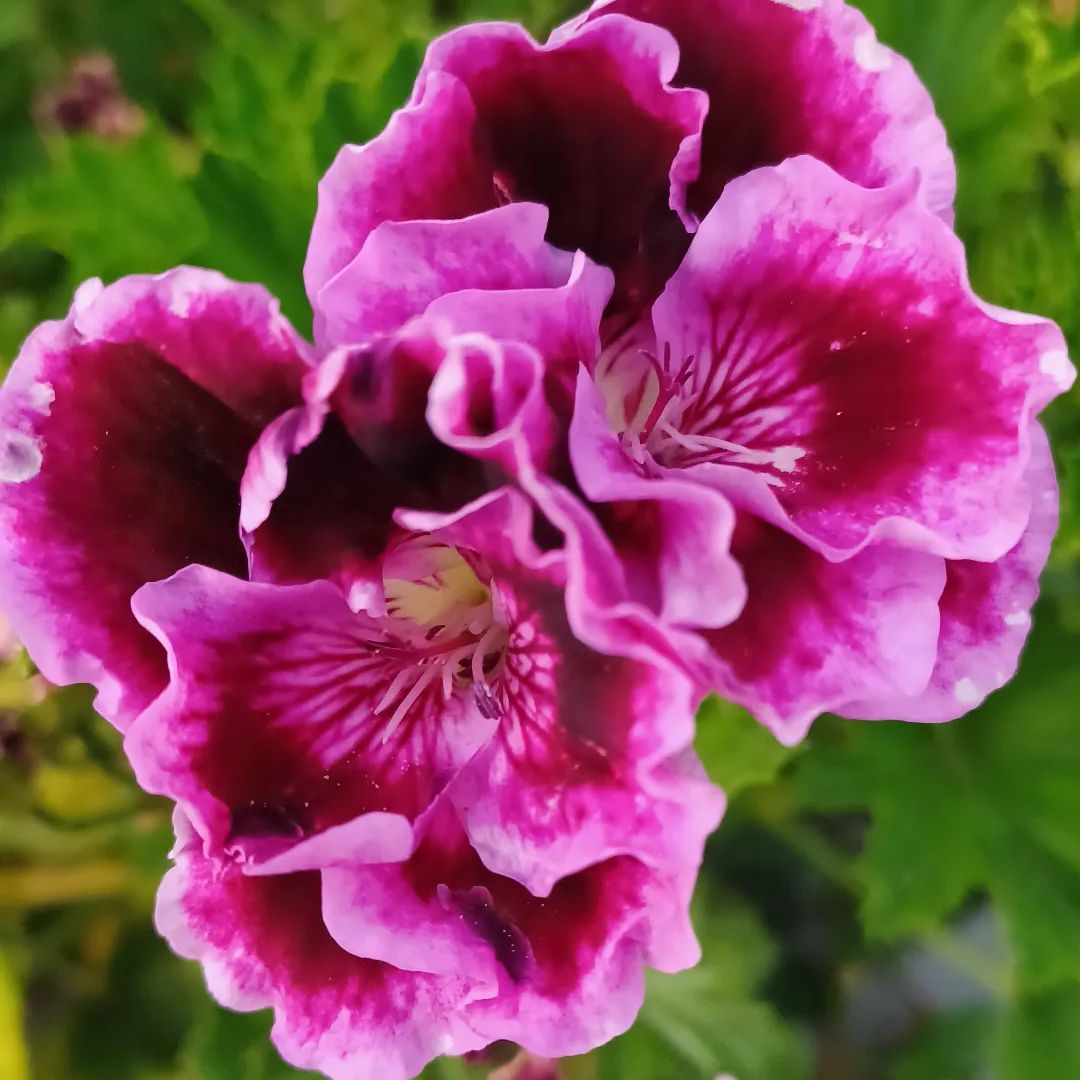
Here’s a detailed chart for Pelargonium (Geranium):
| Category | Details |
|---|---|
| Botanical Name | Pelargonium |
| Common Name | Geranium |
| Plant Zone | 9-12 (often grown as an annual in cooler climates) |
| Sun Exposure | Full sun to partial shade |
| Soil Type | Well-drained, fertile soil |
| Watering | Moderate; allow soil to dry between waterings |
| Growth Habit | Bushy perennial or annual |
| Height/Spread | 1-3 feet tall / 1-2 feet wide |
| Special Features | Drought tolerant, fragrant foliage, attracts pollinators |
Pelargoniums, often called geraniums, have bright flowers and fragrant leaves. They’re great for pots and window boxes. These plants come in many colors and leaf types.
Growing tips:
- Plant in full sun
- Let soil dry between waterings
- Pinch back for bushier growth
10. Pentas
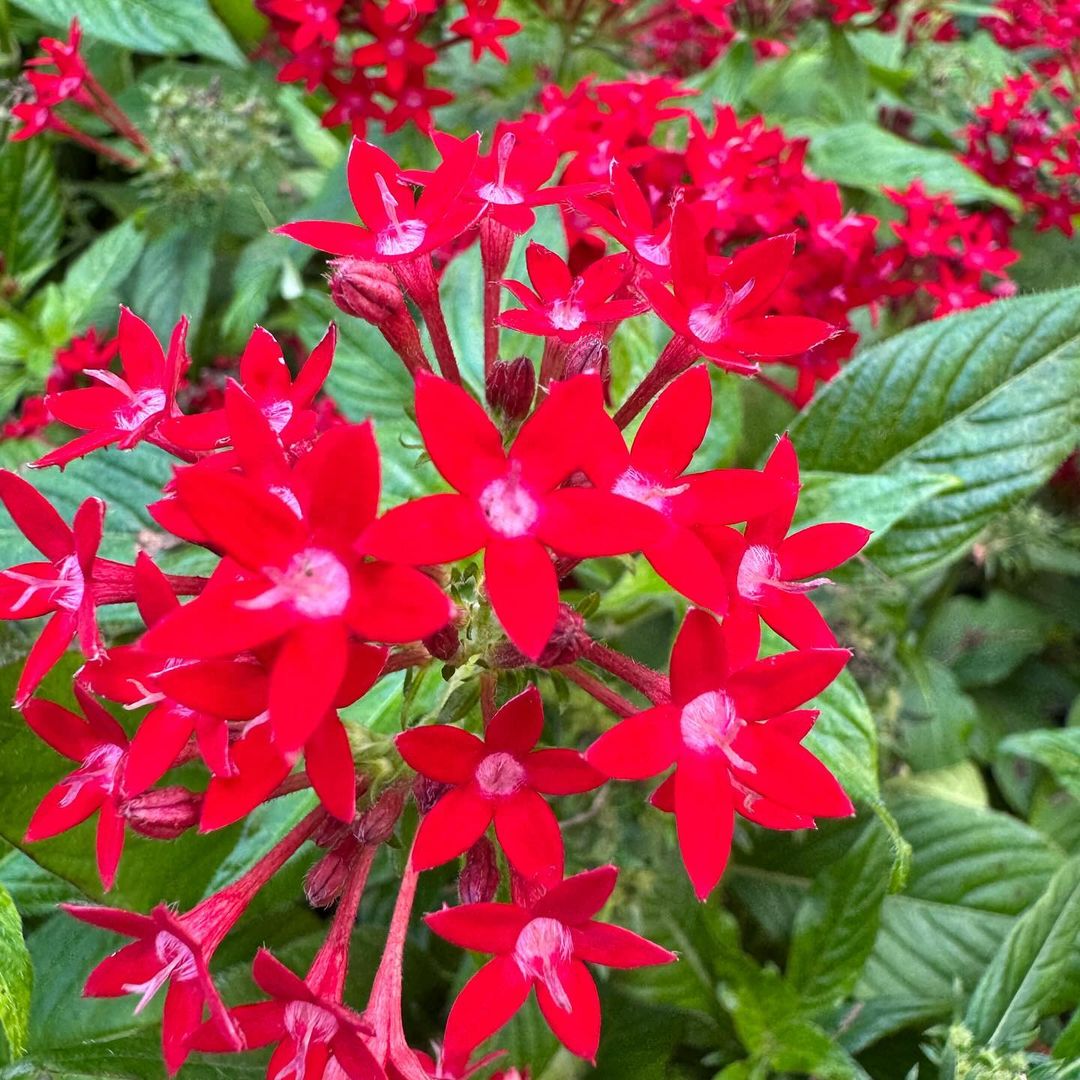
Here’s a detailed chart for Pentas:
| Category | Details |
|---|---|
| Botanical Name | Pentas lanceolata |
| Common Name | Pentas, Egyptian Star Cluster |
| Plant Zone | 10-11 (often grown as an annual in cooler climates) |
| Sun Exposure | Full sun to partial shade |
| Soil Type | Well-drained, fertile soil |
| Watering | Moderate; keep soil consistently moist |
| Growth Habit | Bushy perennial or annual |
| Height/Spread | 1-3 feet tall / 1-3 feet wide |
| Special Features | Attracts butterflies and hummingbirds, long blooming period, heat tolerant |
Pentas have clusters of star-shaped flowers that attract butterflies. They come in pink, red, white, and purple. Pentas like warm weather and bloom all summer.
Growing tips:
- Plant in full sun
- Water regularly
- Fertilize monthly
11. Periwinkle (Vinca)
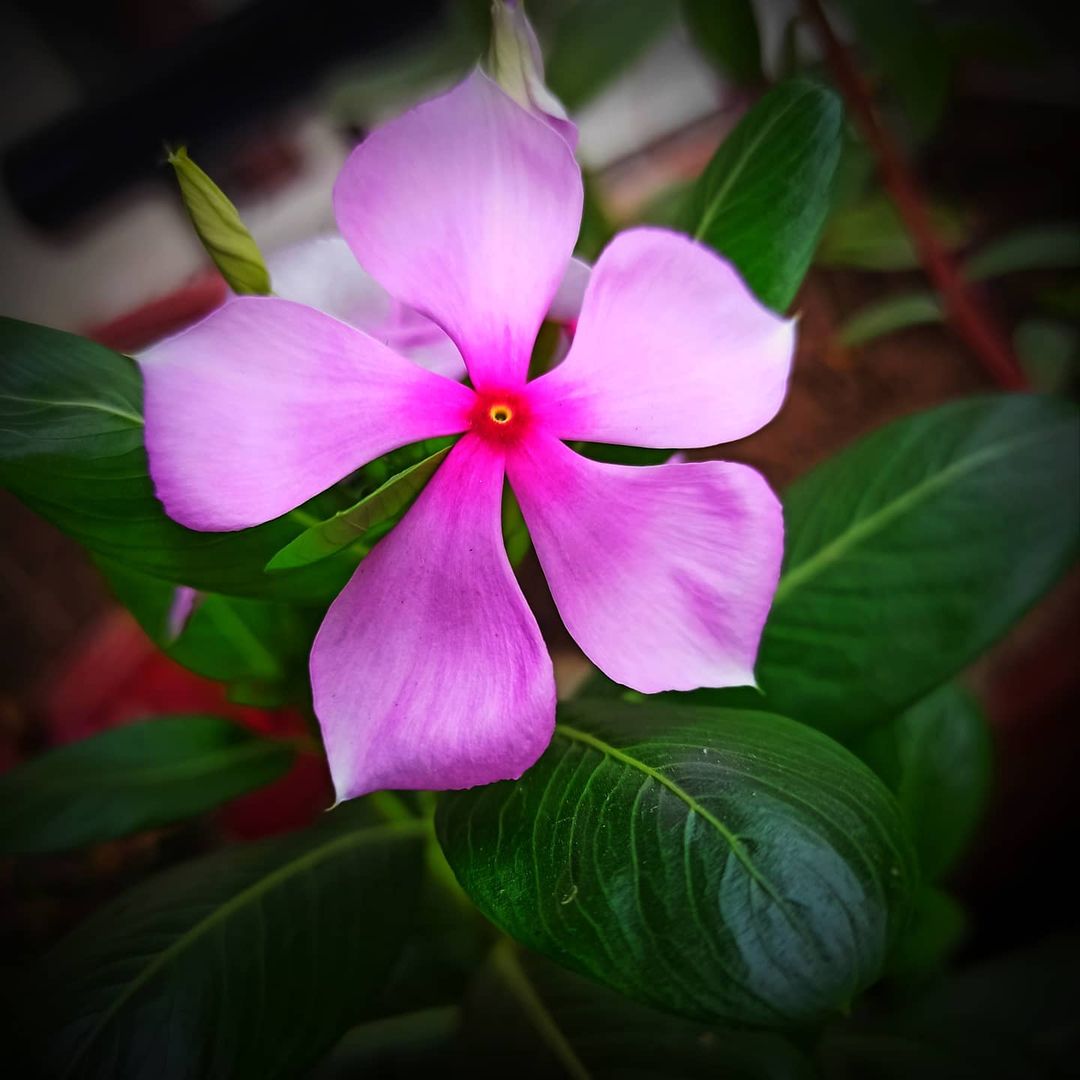
Here’s a detailed chart for Periwinkle (Vinca):
| Category | Details |
|---|---|
| Botanical Name | Vinca minor (Common Periwinkle) / Vinca major (Greater Periwinkle) |
| Common Name | Periwinkle, Vinca |
| Plant Zone | 4-9 (Vinca minor) / 7-9 (Vinca major) |
| Sun Exposure | Partial shade to full shade |
| Soil Type | Well-drained, loamy soil |
| Watering | Moderate; drought tolerant once established |
| Growth Habit | Evergreen ground cover |
| Height/Spread | 6-12 inches tall / 1-2 feet wide |
| Special Features | Low maintenance, shade tolerant, erosion control, deer resistant |
Periwinkle is a low-growing Flowers with pretty blue or white flowers. It’s good for ground cover in shady areas. Be careful, as it can spread quickly.
Growing tips:
- Plant in shade or partial sun
- Good for erosion control
- Trim to keep in bounds
12. Philodendron
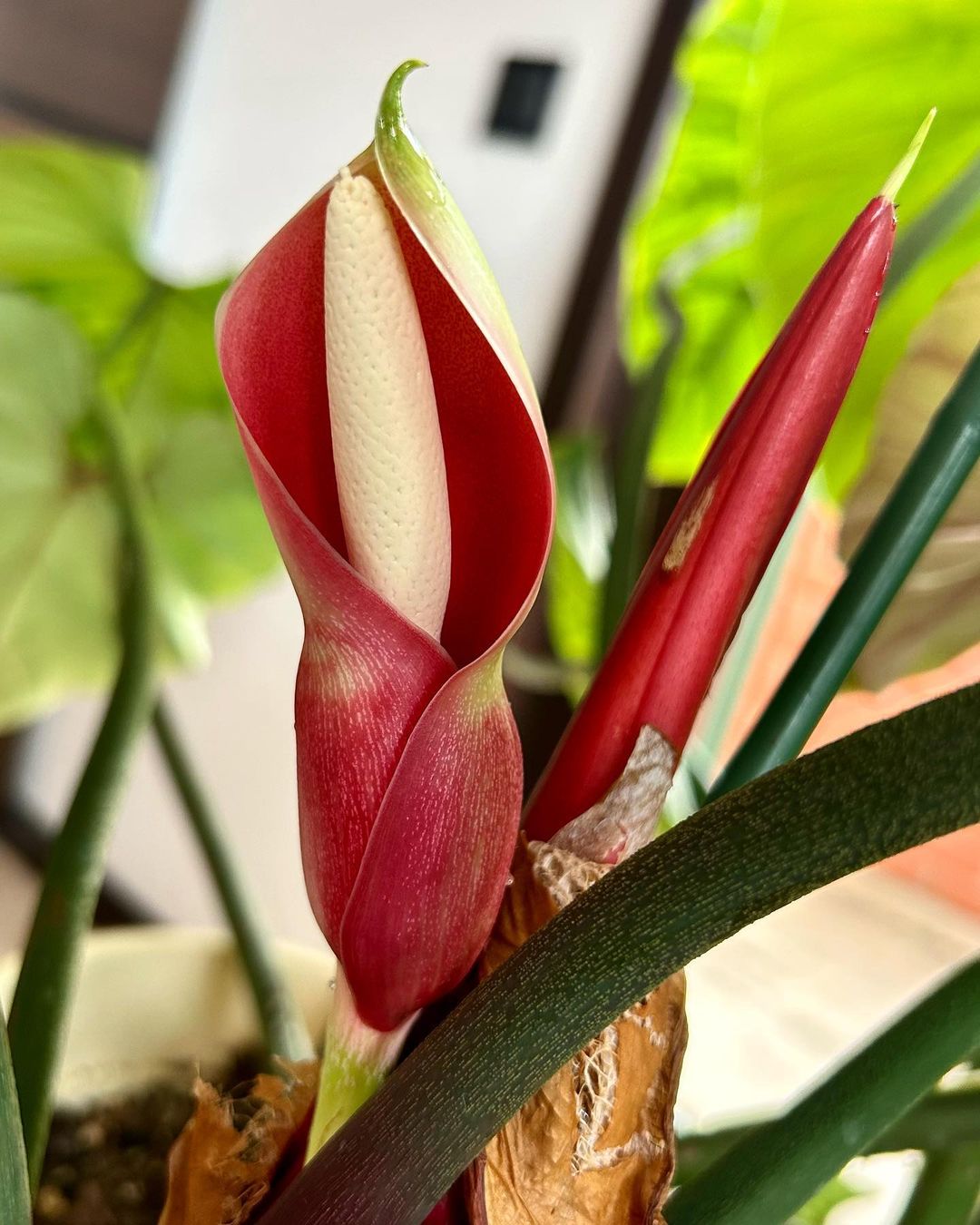
Here’s a detailed chart for Philodendron:
| Category | Details |
|---|---|
| Botanical Name | Philodendron |
| Common Name | Philodendron |
| Plant Zone | 9-11 (often grown as a houseplant in cooler climates) |
| Sun Exposure | Indirect light to partial shade |
| Soil Type | Well-drained, rich potting mix |
| Watering | Moderate; allow top inch of soil to dry between waterings |
| Growth Habit | Climbing vine or bushy perennial |
| Height/Spread | Varies by species; typically 1-3 feet tall indoors, larger outdoors |
| Special Features | Low maintenance, air purifying, attractive foliage |
Philodendrons are popular indoor Flowers with big, glossy leaves. They’re easy to grow and can clean the air in your home. Some types can grow very large.
Growing tips:
- Grow in bright, indirect light
- Let soil dry between waterings
- Support climbing types
13. Pincushion Flower (Scabiosa)
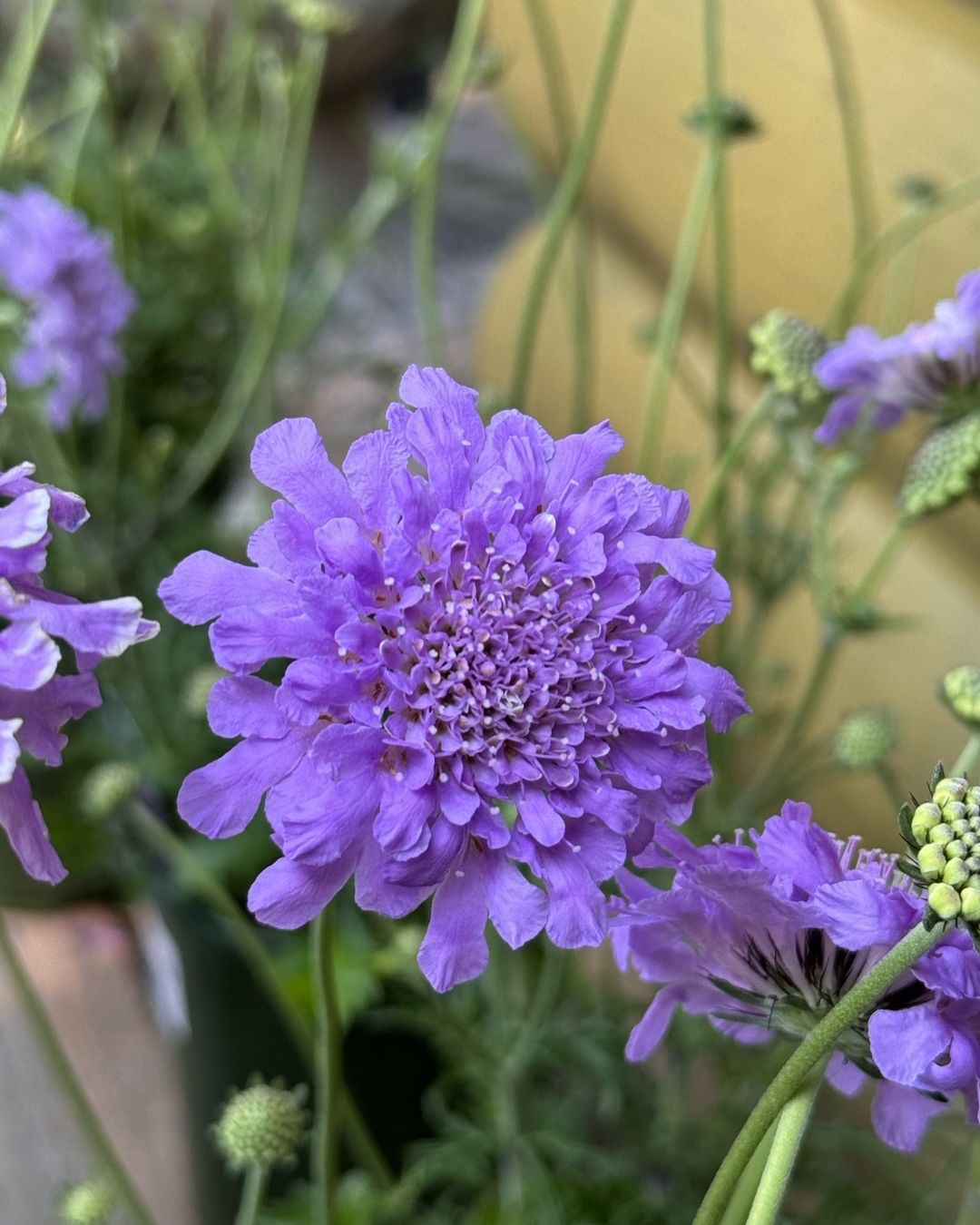
Here’s a detailed chart for Pincushion Flower (Scabiosa):
| Category | Details |
|---|---|
| Botanical Name | Scabiosa atropurpurea / Scabiosa caucasica |
| Common Name | Pincushion Flower |
| Plant Zone | 3-7 (Scabiosa caucasica) / 3-9 (Scabiosa atropurpurea) |
| Sun Exposure | Full sun |
| Soil Type | Well-drained, fertile soil |
| Watering | Moderate; water regularly but do not overwater |
| Growth Habit | Herbaceous perennial or annual |
| Height/Spread | 12-24 inches tall / 12-18 inches wide |
| Special Features | Long blooming period, attracts butterflies, excellent cut flower |
Pincushion flowers have round blooms that look like little pincushions. They’re great for cutting gardens and attract butterflies. These flowers come in purple, pink, and white.
Growing tips:
- Plant in full sun
- Deadhead for more blooms
- Cut for vases to encourage flowering
14. Pitcher Flower
Here’s a detailed chart for Pitcher Plant (Sarracenia):
| Category | Details |
|---|---|
| Botanical Name | Sarracenia |
| Common Name | Pitcher Plant |
| Plant Zone | 5-8 |
| Sun Exposure | Full sun to partial shade |
| Soil Type | Acidic, well-drained soil (such as sphagnum moss or a peat-based mix) |
| Watering | High moisture; keep soil consistently moist and use distilled water |
| Growth Habit | Carnivorous perennial |
| Height/Spread | 12-36 inches tall / 6-12 inches wide |
| Special Features | Unique tubular traps for catching insects, attractive foliage, requires low-nutrient soil |
Pitcher Flowers are carnivorous plants that eat insects. They have tube-shaped leaves that trap bugs. These unusual plants are fun to grow.
Growing tips:
- Grow in a sunny window
- Use distilled water or rainwater
- Don’t fertilize
15. Plumeria
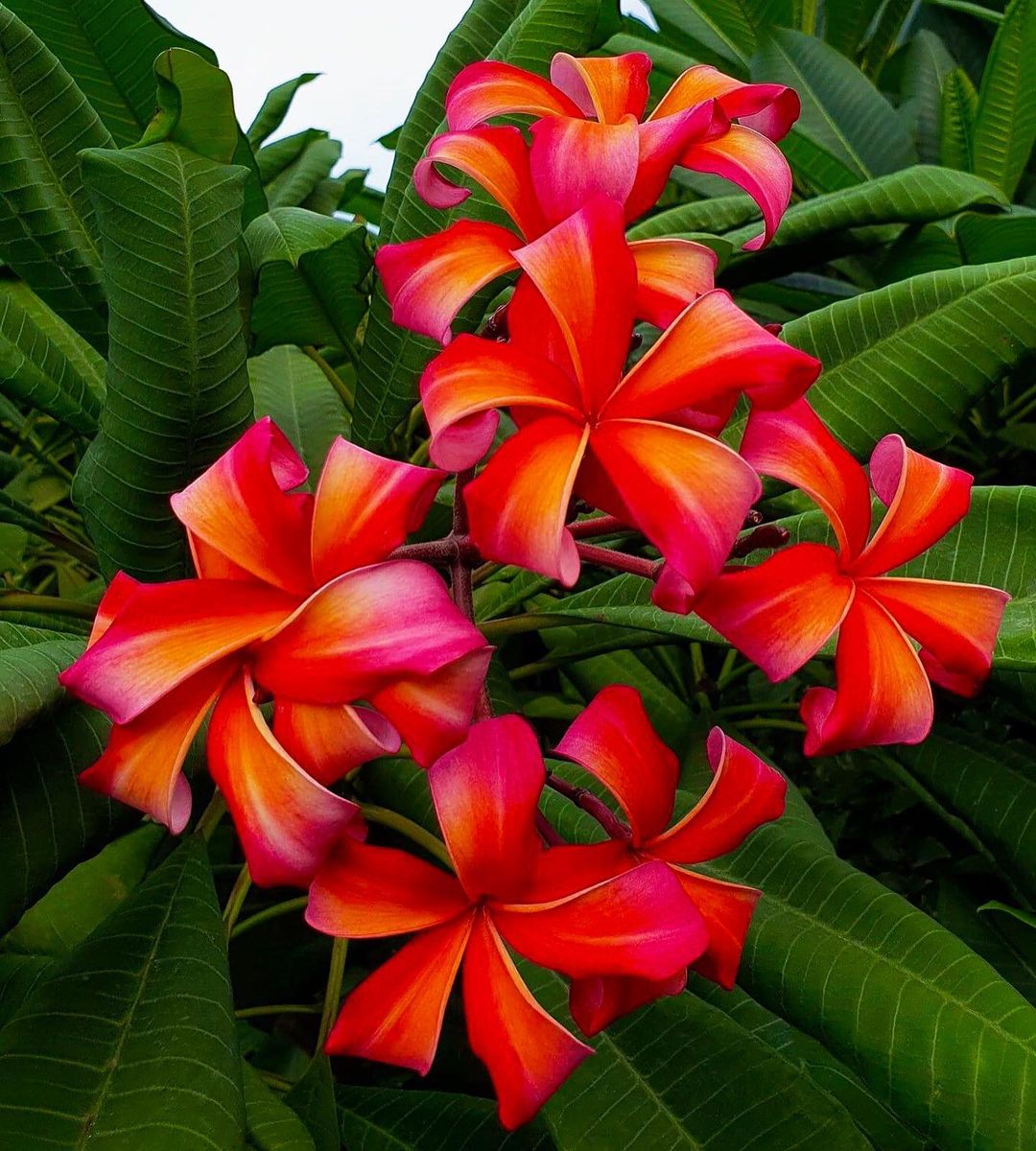
Here’s a detailed chart for Plumeria:
| Category | Details |
|---|---|
| Botanical Name | Plumeria |
| Common Name | Plumeria, Frangipani |
| Plant Zone | 9-11 (often grown as an indoor plant in cooler climates) |
| Sun Exposure | Full sun |
| Soil Type | Well-drained, sandy soil |
| Watering | Moderate; allow soil to dry between waterings |
| Growth Habit | Shrub or small tree |
| Height/Spread | 4-15 feet tall / 4-10 feet wide |
| Special Features | Fragrant flowers, attractive foliage, drought tolerant once established |
Plumeria, also called Frangipani, has fragrant flowers used in leis. These tropical plants have waxy flowers in pink, white, or yellow. They need warm weather to grow well.
Growing tips:
- Grow in pots to bring inside in winter
- Plant in full sun
- Let soil dry between waterings
16. Portulaca (Moss Rose)
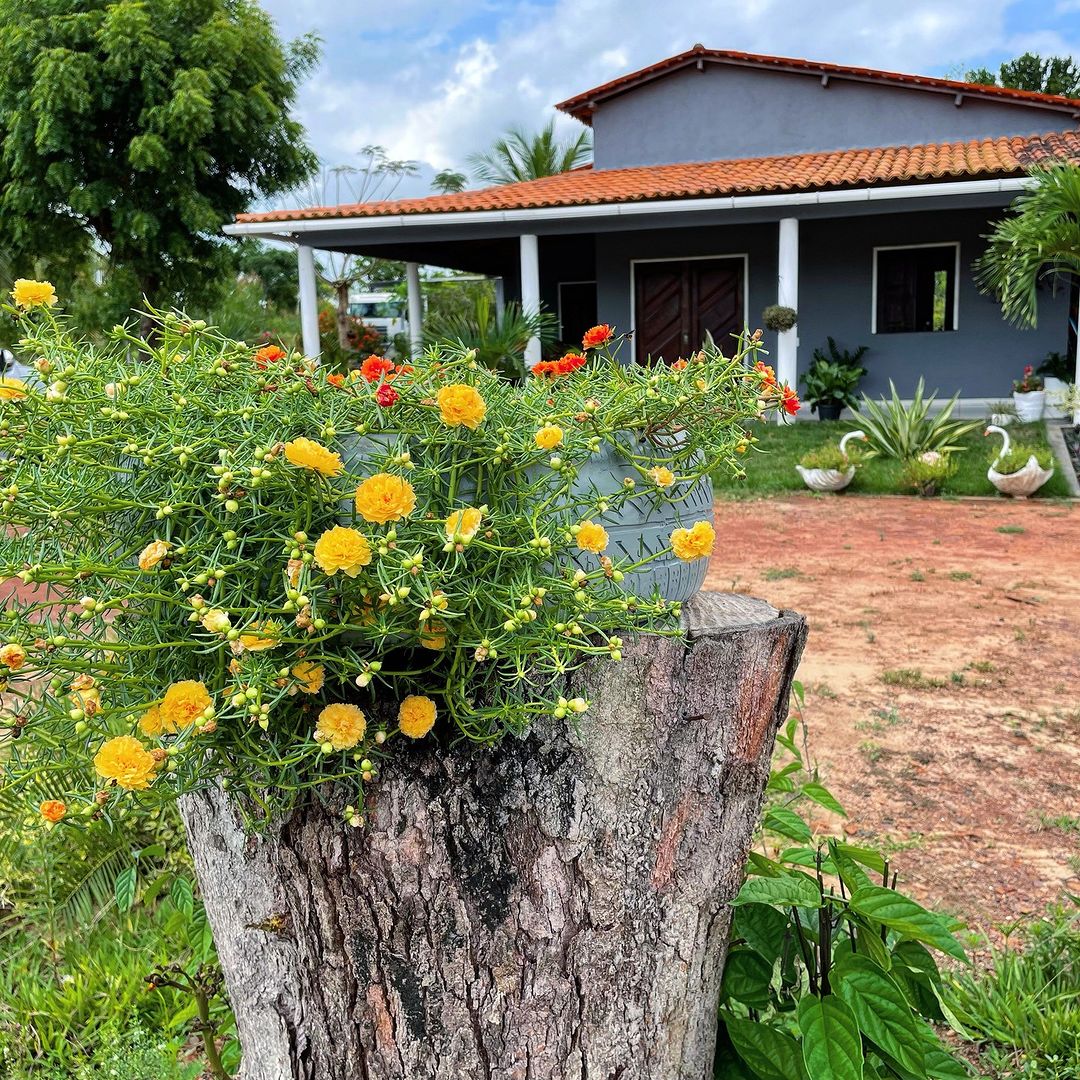
Here’s a detailed chart for Portulaca (Moss Rose):
| Category | Details |
|---|---|
| Botanical Name | Portulaca grandiflora |
| Common Name | Moss Rose |
| Plant Zone | 2-11 (often grown as an annual in cooler climates) |
| Sun Exposure | Full sun |
| Soil Type | Well-drained, sandy soil |
| Watering | Low to moderate; drought tolerant once established |
| Growth Habit | Low-growing, spreading annual |
| Height/Spread | 4-6 inches tall / 12-18 inches wide |
| Special Features | Vibrant, colorful blooms, heat and drought tolerant, attracts pollinators |
Portulaca has small, rose-like flowers that love hot, dry conditions. They’re great for rock gardens and come in bright colors. These plants are good for drought-tolerant gardens.
Growing tips:
- Plant in full sun
- Don’t overwater
- Great for poor soil
17. Pothos
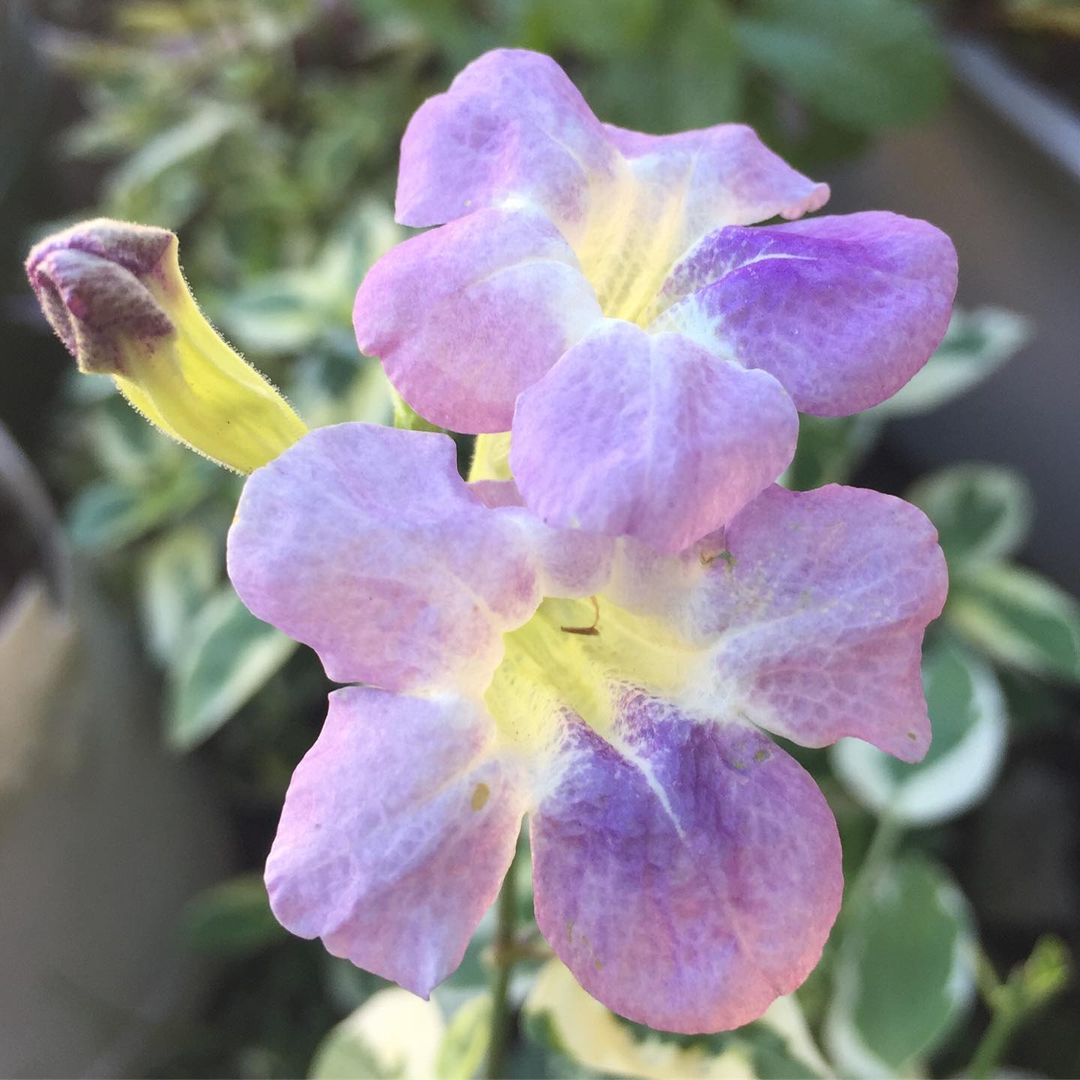
Here’s a detailed chart for Pothos:
| Category | Details |
|---|---|
| Botanical Name | Epipremnum aureum |
| Common Name | Pothos, Devil’s Ivy |
| Plant Zone | 10-12 (often grown as an indoor plant in cooler climates) |
| Sun Exposure | Low to bright indirect light |
| Soil Type | Well-drained, rich potting mix |
| Watering | Moderate; allow the top inch of soil to dry between waterings |
| Growth Habit | Vining or trailing houseplant |
| Height/Spread | Vines can reach 10-20 feet long indoors; typically 1-2 feet wide |
| Special Features | Low maintenance, air-purifying, easy to propagate, adaptable to various light conditions |
Pothos is an easy-to-grow indoor vine with heart-shaped leaves. It can grow in low light and is great for beginners. Pothos helps clean indoor air.
Growing tips:
- Grow in bright, indirect light
- Let soil dry between waterings
- Trim to control size
18. Pulmonaria (Lungwort)
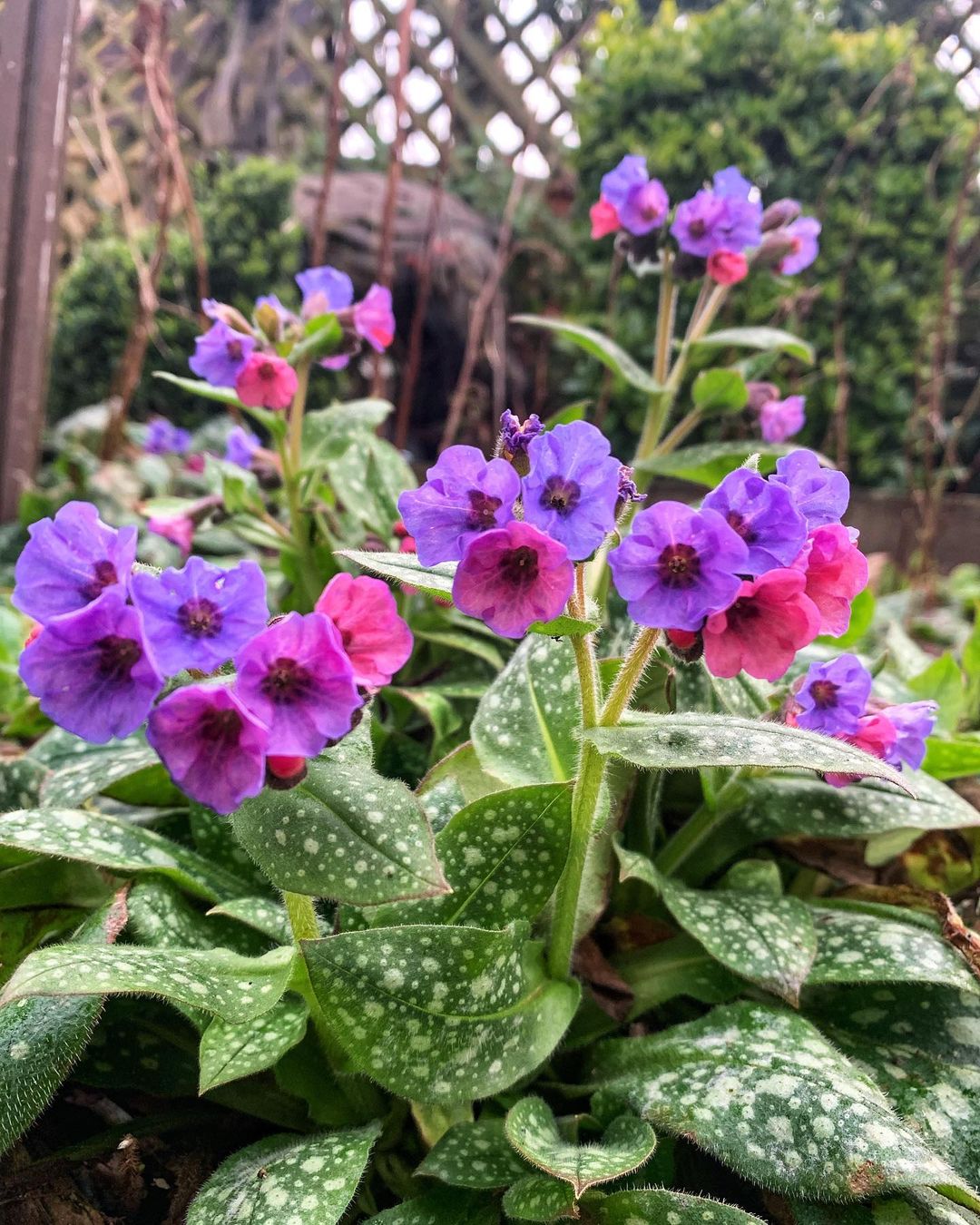
Here’s a detailed chart for Pulmonaria (Lungwort):
| Category | Details |
|---|---|
| Botanical Name | Pulmonaria |
| Common Name | Lungwort |
| Plant Zone | 3-8 |
| Sun Exposure | Partial to full shade |
| Soil Type | Moist, well-drained, rich soil |
| Watering | Moderate; keep soil consistently moist |
| Growth Habit | Herbaceous perennial |
| Height/Spread | 6-12 inches tall / 12-18 inches wide |
| Special Features | Attractive foliage with spotting, early spring blooms, excellent ground cover |
Pulmonaria has spotted leaves and pink or blue flowers. It’s good for shady gardens and blooms in early spring. This plant is also called Lungwort.
Growing tips:
- Plant in shade or partial sun
- Keep soil moist
- Divide every few years
19. Purple Coneflower (Echinacea)
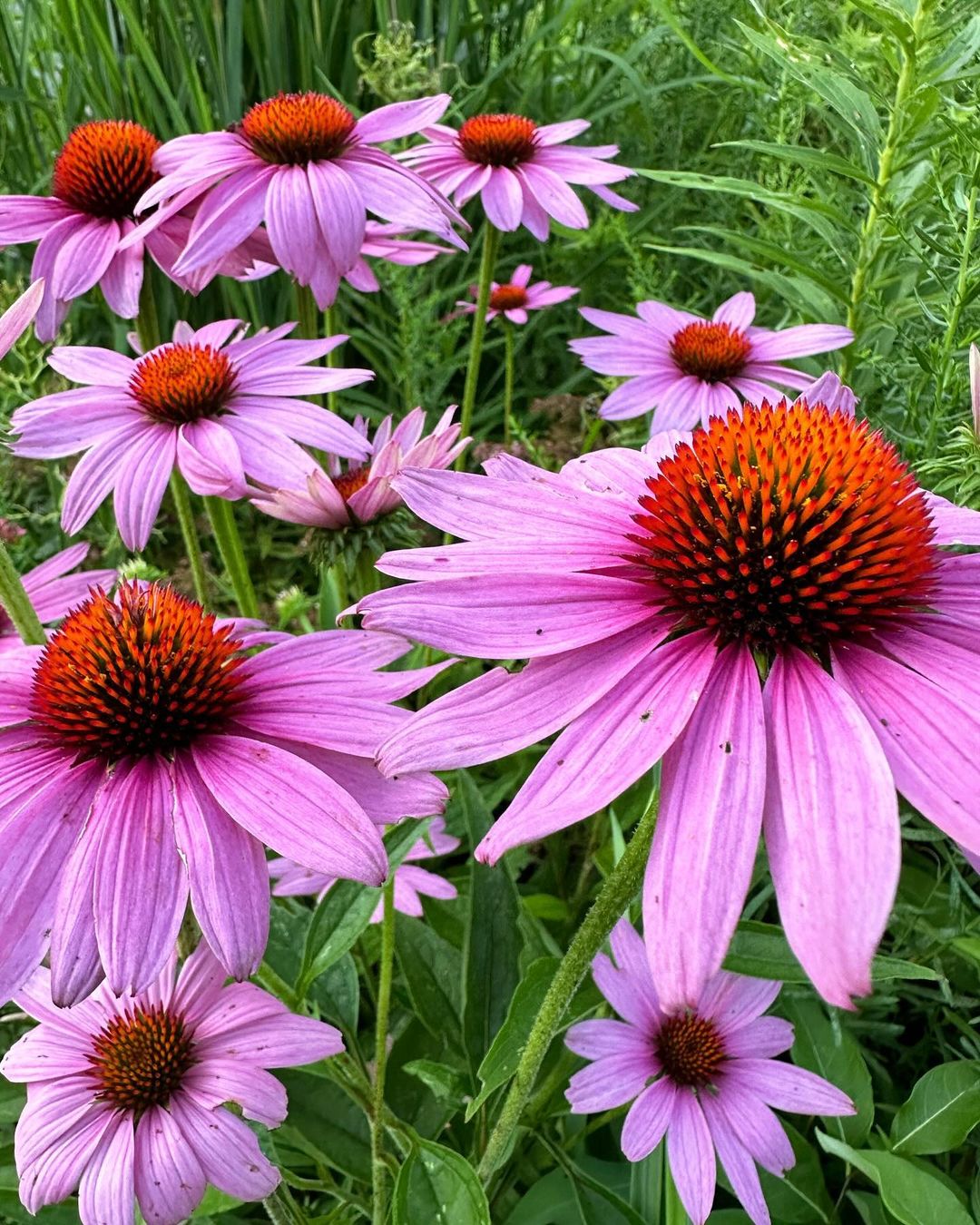
Here’s a detailed chart for Purple Coneflower (Echinacea):
| Category | Details |
|---|---|
| Botanical Name | Echinacea purpurea |
| Common Name | Purple Coneflower |
| Plant Zone | 3-9 |
| Sun Exposure | Full sun |
| Soil Type | Well-drained, sandy to loamy soil |
| Watering | Moderate; allow soil to dry between waterings |
| Growth Habit | Herbaceous perennial |
| Height/Spread | 2-4 feet tall / 1-2 feet wide |
| Special Features | Attracts butterflies and bees, drought tolerant, medicinal properties, long-lasting blooms |
Purple Coneflowers are native wildflowers with purple petals and spiky centers. They’re great for attracting butterflies and bees. These flowers are also used in herbal medicine.
Growing tips:
- Plant in full sun
- Drought tolerant once established
- Leave seed heads for birds in winter
20. Pyracantha (Firethorn)
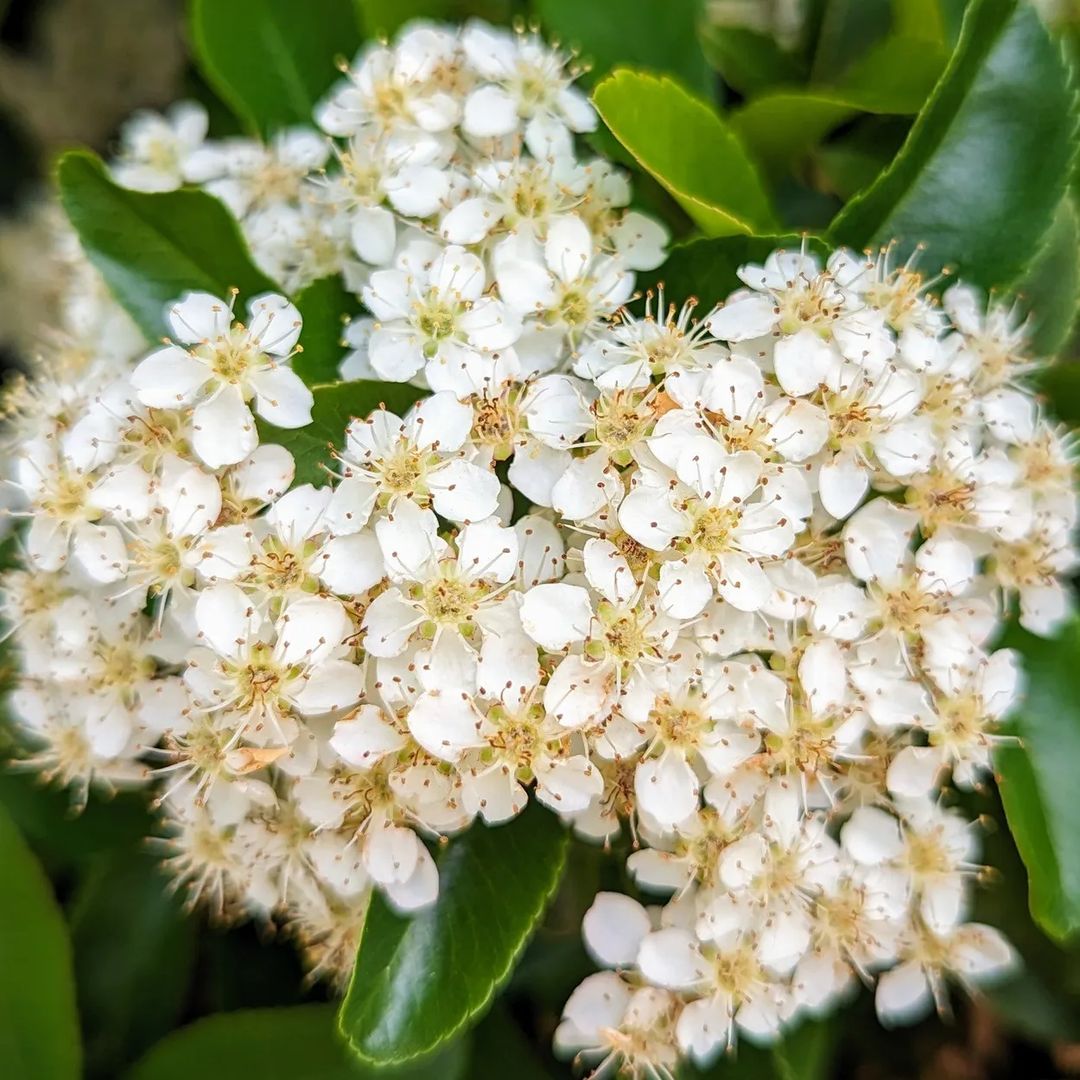
Here’s a detailed chart for Pyracantha (Firethorn):
| Category | Details |
|---|---|
| Botanical Name | Pyracantha coccinea |
| Common Name | Firethorn |
| Plant Zone | 6-9 |
| Sun Exposure | Full sun to partial shade |
| Soil Type | Well-drained, fertile soil |
| Watering | Moderate; drought tolerant once established |
| Growth Habit | Evergreen shrub |
| Height/Spread | 6-10 feet tall / 6-10 feet wide |
| Special Features | Bright red or orange berries, thorny stems, attractive foliage, good for hedges and security barriers |
Pyracantha is a shrub with white flowers and bright red berries. It’s good for hedges and attracts birds. Be careful of its sharp thorns.
Growing tips:
- Plant in full sun or partial shade
- Prune after flowering
- Good for wildlife gardens
These precise Flowers starting with P offer a wide variety of options for your garden. From showy flowers to useful ground covers, there’s a P Flowers for every garden need. Remember to check what grows best in your area before Flowering. Happy gardening with your new P Flowers!
